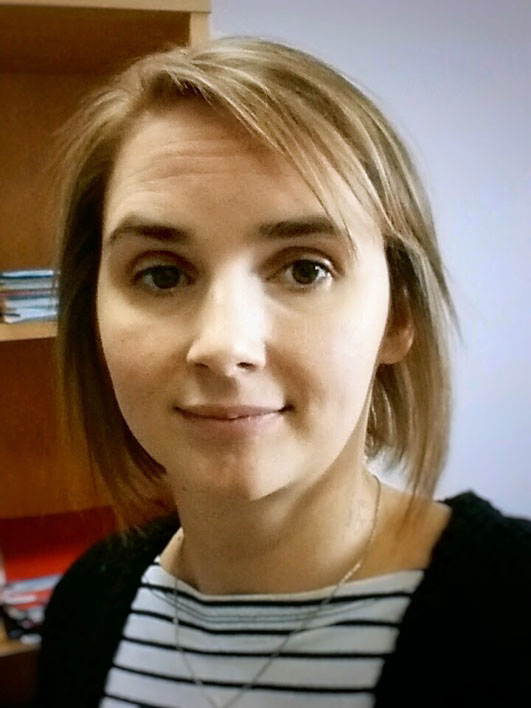← Retour vers le trombinoscope
 Ingénieur d’études en techniques de synthèse chimique (IGE)
Ingénieur d’études en techniques de synthèse chimique (IGE)Mail :
Tel : 03 22 82 75 60
Fax : 03 22 82 75 60
Je participe à la réalisation des projets de recherche pour les 2 axes du laboratoire. Cela passe par toutes les étapes de synthèse des produits ainsi que de leur purification et de leur caractérisation (RMN, MS, IR, …).
Je suis chargée également de tester l’activité biologique des produits de synthèse du laboratoire sur différentes souches bactériennes (détermination de la Concentration Minimale Inhibitrice)
Comparative analysis of sulfated and sulfonated disaccharide analogs as TLR4 modulators and heparanase inhibitors |
New Selective Inhibitors of α-Glucosidase for the Treatment of Type 2 Diabetes Mellitus |
Synthesis and Antibacterial Activities of New 6- Aryl-4-Oxo-1,4-Dihydropyrimidine Derivatives |
Synthesis of novel S- and O-disaccharide analogs of heparan sulfate for heparanase inhibition |
Design, Synthesis and Antibacterial Activity Evaluation of 4,5-Diphenyl-1H-Imidazoles Derivatives |
Uncommon Strong Inhibition of α-Glucosidase by Multivalent Glycoclusters built on Cyclodextrins Scaffolds |